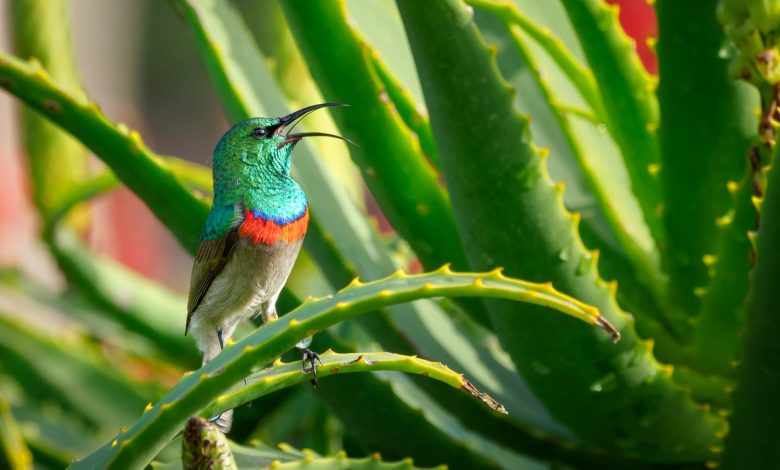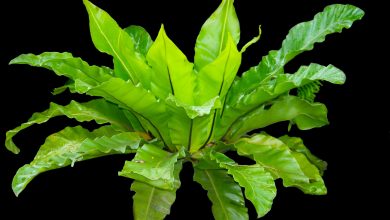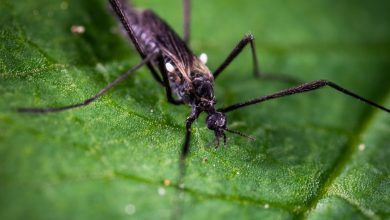How to Cut and Extract Aloe Vera Without Killing It

The aloe vera plant is famous for its immense health and skin-cleansing benefits. These fast-growing plants can reach a height of three to ten feet, depending on the species and growth condition. Besides the incredible healing potential of these potent green flora, the aloe vera plant is also rugged and resistant to drought and many plant diseases. Owing to this quality, the aloe plant has found its way into laboratories, research institutions, and many individuals’ backyards.
Every day, more and more people are growing the aloe plant in their homes, evidently to have such a potent elixir within reach. Although growing the aloe plant is relatively easy, as with any other plant, it needs constant care and nurturing, especially if you’d be extracting its gel frequently.
Taking Care of Aloe Vera Plant
Growing an aloe vera plant in your home requires that you possess basic knowledge of the pruning and extraction process. The foremost thing to know is not to ignore the aloe plant just because you believe it’s rugged and can thrive even if neglected. An aloe plant needs pruning to avoid the leaves from tangling and curling, which ultimately limits its growth. Mature leaves become heavy and will slouch with time, giving the plant an unkempt look, since the leaves of a well-kept aloe plant point upwards and not downwards. Although this plant doesn’t need constant watering, consider moistening it periodically. Distilled water is an excellent option to choose when watering the plant.
Aloe vera’s tremendous healing benefit is due to the abundance of vitamins and antioxidants in it. Vitamins such as zinc, calcium, folate, and potassium enhance the healing and rejuvenating qualities of aloe vera. The U.S Food and Drug Administration approves that individuals can consume and use aloe vera for personal purposes.

How to Trim an Aloe Plant
Depending on your aloe plant’s size, you may need to use a knife or a pair of scissors. For much-matured aloes with big and thick leaves, a pair of shears is preferable. Wearing a pair of rubber gloves while cutting an aloe plant protects you from any potential harm and should be part of your extracting equipment. Your first concern is with the dried, tangled, and discolored leaves outside the stem. Sometimes, you may even find dead leaves inside the plant. Those need to be cut and removed too. Begin by first, snipping off the unwanted leaves on the outside of the plant; doing this helps you free up space to cut the dried leaves closer to the stem. Before you begin cutting, consider disinfecting your cutting device’s blades with rubbing alcohol to kill off bacteria that could infect the plant.
How to Extract an Aloe Gel
Extracting the aloe vera gel yourself ensures you harness the plant’s contents while it’s still quite fresh and active. You’ll need a pair of scissors, a sharp knife, a cutting board, and a container for storing the extracted gel.
When cutting aloe vera for harvest, the biggest leaves farthest from the stem are the most mature and fit for extraction. The reason for extracting the biggest leaves is that they contain the most nutrients within the gel. If you’ve disinfected your scissors with rubbing alcohol, you can begin the harvesting process.
Step 1: Cutting the Leaf
Use your scissors to cut the plant from the base of the leaf. And ensure that whatever you use in cutting the leaf is sharp so that you make a quick, clean cut in one snap. Aloe leaves have tremendous healing capabilities and will heal within two to three days as long as your cutting device carries no infectious pathogens.
After you cut the aloe leaf, a yellowish sap called aloe latex will begin to seep out. Contained in the aloe latex is the Aloin, which contains strong laxative properties that has the potential to mess with your digestive tract when ingested. Place the leaf vertically with the open end facing down so that all the aloe latex can completely seep out.
Once you’ve done this, rinse the leaf under running water, and place it on a flat surface. Cut the top and the tip of the aloe leaf so that what’s left is the main body containing most of the gel. Cutting off the head will cause the aloe latex to seep out, so you’ll need to repeat the rinsing process.
Step 2: Removing the Spines
Now that you’ve cut and rinsed the aloe leaf, you’ll need to remove the spines along the edges of the leaf. You can begin by drying the leaf with a towel to prevent it from being slippery while you cut. Take out a clean, sharp knife, and with one hand, hold the leaf in a horizontal position and cut through the spines with the other hand. Do make sure to cut very close to the spine so you don’t lose much gel in the process. If you’re wearing a pair of rubber gloves, you shouldn’t have any problem while cutting the prickly spines. However, if you’re not putting on gloves for some reason, be careful not to get your fingers in the way of the knife while avoiding the spines.
Step 3: Extracting the Gel
With your leaf still lying on the cutting board, use your knife to cut through the leaf’s upper layer, to reveal the clear aloe gel in the middle. Turn the leaf over and do the same for the layer below. With the layers of the leaf gone, you can then scoop your aloe gel into a storage container and cover with a tight lid. If there are bits of gel on the blade, you can scrape those too. Alternatively, if you don’t want to go through the cutting process, you can squeeze out the gel into a container. Just place the leaf between your thumb and index finger and press down on the blade moving from the tip to the bottom, and the clear Aloe gel will come out.

How to Store Aloe Gel
After harvesting your gel, you can refrigerate or store it in the freezer. Refrigerated aloe will remain fresh for use for a week or two. However, when stored in the freezer, aloe gel can keep for about six months. Additionally, you can make aloe gel stay longer in the refrigerator if you add vitamins to it. Add 500 milligrams of Vitamin C and 400 International Unit (IU) of Vitamin E, and mix with one-quarter cup of gel. The best way to add Vitamin C caplets is to grind them to powder for easy measuring, while adding Vitamin E should only take a prick to drain the capsules. Add the entire mixture into a blender and blend until it becomes a completely liquefied solution. Doing this should keep the aloe gel for about eight months in the refrigerator.
When to Use Aloe Gel
Experts recommend that the best time to use aloe vera is in the morning, before eating breakfast. Doing this allows the body to absorb the plant’s therapeutic effects while the natural digestion process is ongoing. As a rule of thumb, strive to consume it approximately 30 minutes before eating. If you’re drinking aloe juice after taking your evening meal, consider doing so at least two hours before going to bed.
While there’s no exact recommended amount to be used, sources reveal that approximately two to four ounces a day are needed to fully harness the beneficial effects of the aloe plant in the body.
How to Use Aloe Gel
Aloe vera gel has a natural, somewhat bitter taste, which makes it quite unpleasant to ingest. Suppose you want to take aloe gel; it’s best to add fresh fruit juice to mask the bitterness. Consider adding it to your juice, smoothie, or concoction. Also, you can mix it with flavored water when making water flavorings. Using aloe vera gel as a recipe in drinks and concoctions will not diminish its beneficial effects; on the contrary, it provides numerous options to enjoy its healing and rejuvenating benefits.
Medicinal Use of Aloe Vera
It’s a fact that the health benefits of the aloe plant manifest over time. However, some immediate effects can come from using aloe juice. People suffering from heartburn and acid reflux attest to finding immediate relief after consuming it. Also, ingesting aloe vera juice proves very effective in treating bowel issues and other stomach ailments that arise from irritable bowel syndrome.
While there are several powdered gel brands available in stores that one can purchase, they may not be as potent as the natural aloe vera gel because the refining process diminishes its therapeutic effects and potency.
Ready-made aloe juice also exists, but these products, like gel powder and every other refined plant produce, undergo a pasteurization process where manufacturers boil the liquids at very high temperatures to prevent the growth of bacteria. Although this process allows the preservation of the products at average room temperature, it reduces the nutritional value and potency.
To sum up, many people have attested to the outstanding benefits of aloe vera. Still, it’s essential to note that body systems are quite different, and individuals react differently to treatments. So to be on the safe side, it’s important to consult a doctor or medical personnel before you start adding it to your diet.



